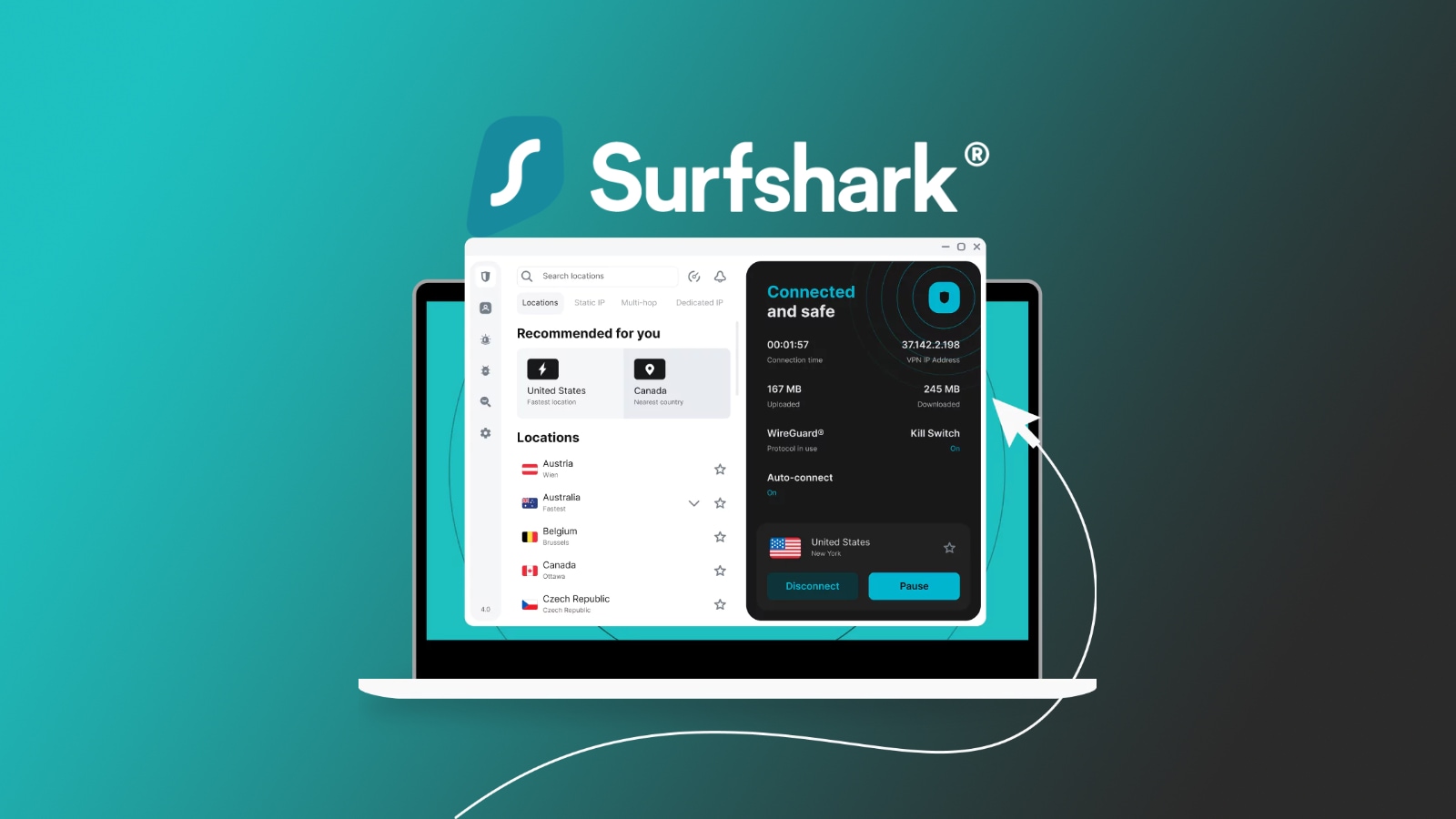
NordVPN Launches NordLynx Technology for Linux Users, Adopting WireGuard Protocol
- NordVPN launches NordLynx, a safer way to implement WireGuard.
- NordLynx only works on the Linux app for the moment.
NordVPN is launching a new technology called NordLynx which is built around the WireGuard protocol, mixing in the WireGuard's high speeds and NordVPN's custom double Network Address Translation system in order to better safeguard users' privacy. NordLynx is only available for Linux users at this point.
Following the emergence and growth in popularity of WireGuard, NordVPN wanted to find a way to implement it. As fast as the VPN tunneling protocol is, it does come with some security caveats because it doesn't manage to guarantee anonymity.
The WireGuard protocol can't dynamically assign IP addresses to everyone connected to a server, so it contains a local static IP address table to know where Internet packets are traveling from and to whom they should return, which means that the real IP addresses of users must be linked to an internal IP address assigned by the VPN, which is a privacy risk.
Working on this issue, NordVPN created NordLynx which uses a double Network Address Translation (NAT) system to create two local network interfaces for each user. The first one assigns a single local IP address to all users connected to the server. The second interface with the dynamic NAT system kicks in and assigns a unique IP address for each tunnel, thus offering everyone their much-needed privacy.
The company has been working on this system for the better part of the past year, and now the NordVPN Linux app comes with NordLynx, effectively implementing the WireGuard protocol.
Linux users of NordVPN must follow a few steps to switch to NordLynx instead of OpenVPN.
- The app must first be updated to the latest version.
- You must then install WireGuard by following the various tutorials for different distributions that NordVPN has in the Help Center.
- Open up the terminal and enter
nordvpn set technology NordLynx. - Enter
nordvpn cto connect to the VPN.
This short process will turn your NordVPN app towards NordLynx from the regular OpenVPN. Switching back to OpenVPN is easy and requires simply entering nordvpn set technology OpenVPN.
What do you think of NordVPN implementing the new WireGuard protocol into its Linux app? Drop us a note in the comments section below the article and share the news with friends. Follow TechNadu on Facebook and Twitter for more tech news, guides, reviews, and interviews.










